Ancient warehouse — from first Roman city outside Italy — discovered in France. See it
Overlooking the Mediterranean Sea, a French port city stands on the grounds of Roman history.
The site of the first Roman colony outside of Italy, Narbonne holds the secrets to the empire’s past — and what it did with its stuff.
During an excavation along the outskirts of the city, archaeologists discovered stone walls more than 2,000 years old, likely part of an ancient warehouse district, according to a March 22 news release from INRAP, the French National Institute for Preventive Archaeological Research.
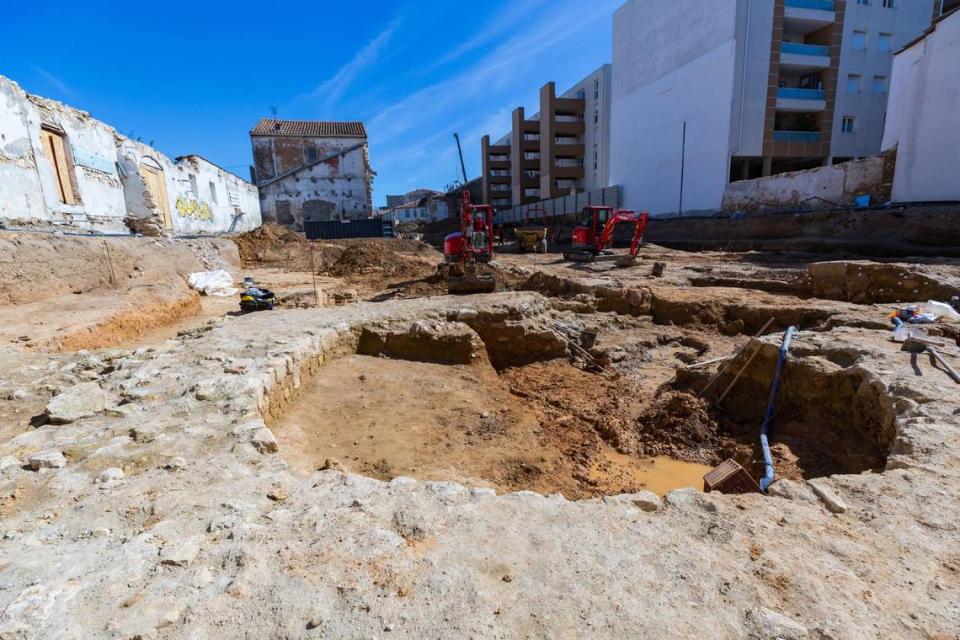
Uncover more archaeological finds
What are we learning about the past? Here are three of our most eye-catching archaeology stories from the past week.
→ Hidden tunnel network found at abandoned 800-year-old home in France
→Metal detectorist stumbles on 650-year-old artifact — and sparks a mystery
→ Ancient Roman ruins found in Germany help solve 140-year-old mystery, photos show
The city, called Colonia Narbo Martius, was founded in 118 B.C. during the early expansion of the Roman Empire, the researchers said.
What started as a colony soon grew to a city as it urbanized around 50 A.D., and it had several city blocks with streets, an alley and piping for directing water, according to INRAP.
The city went through redevelopment phases for hundreds of years, with a short period during which it was was abandoned at the end of the third century, the researchers said.
When archaeologists began excavating part of the city, they knew of the Roman influence but said they had not anticipated how much of the stonework had been preserved.
In a large section of the project, there was a nearly 100-foot long stone curtain wall, or enclosing wall, and a tower covered in stones, according to INRAP.
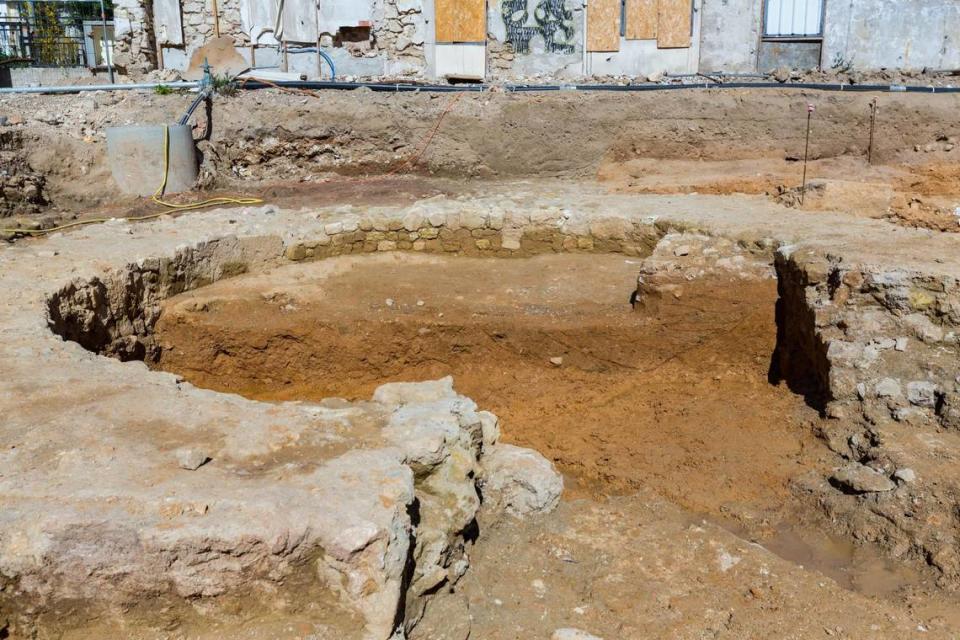
The round tower and walls made up what is believed to be a warehouse district in the port city, archaeologists said.
The researchers uncovered three to four warehouses on the site that were each likely used by different traders coming across the Mediterranean to store goods and bring them to market in the new Roman city.
One of these warehouses stood out from the rest, the researchers said, because the goods were stored on a ground floor, which could be accessed through a crawl space that was built from recycled amphorae, a type of Roman pot.
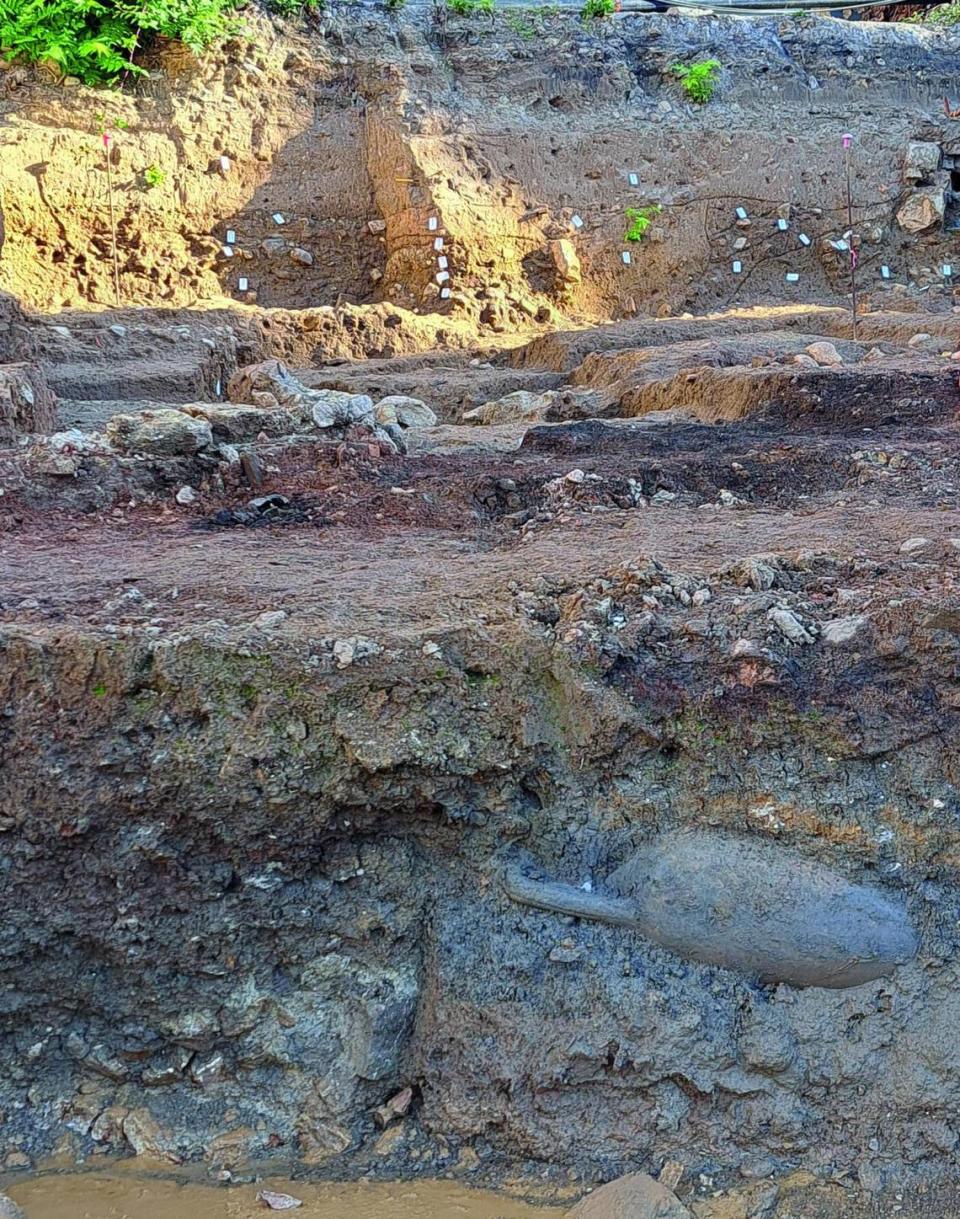
With goods on the lower floor, the upper floor was used as an administrative office or a living space, according to INRAP.
The space has concrete floors and mud brick walls with mosaics and paintings, the researchers said. A fire likely caused the warehouses’ collapse, according to the archaeologists.
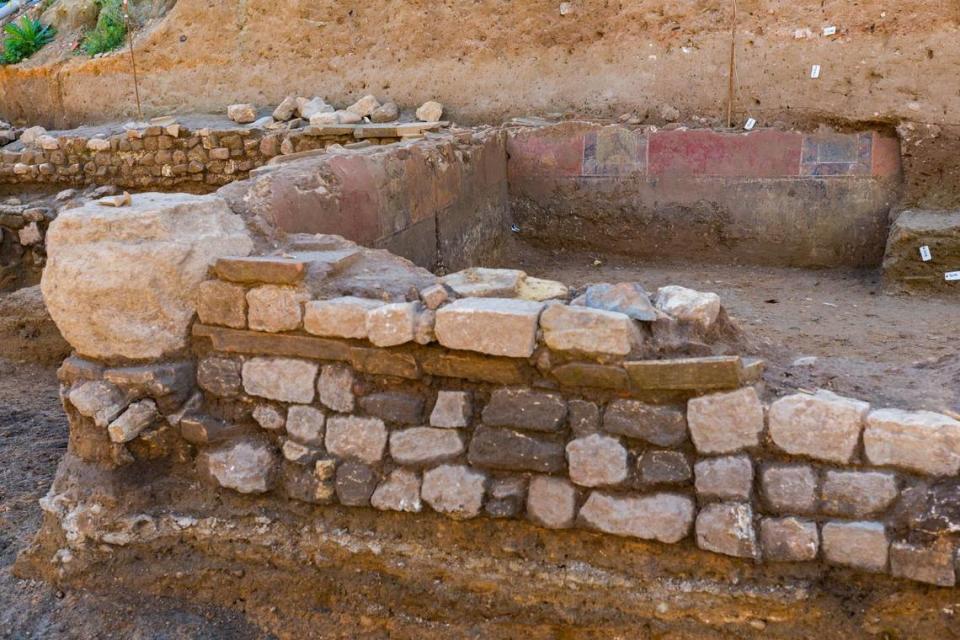
Another warehouse was also destroyed by a fire, but researchers said the decorative walls were preserved.
The walls were painted in a style that imitated marble slabs, according to INRAP, with images interlacing on a white background.
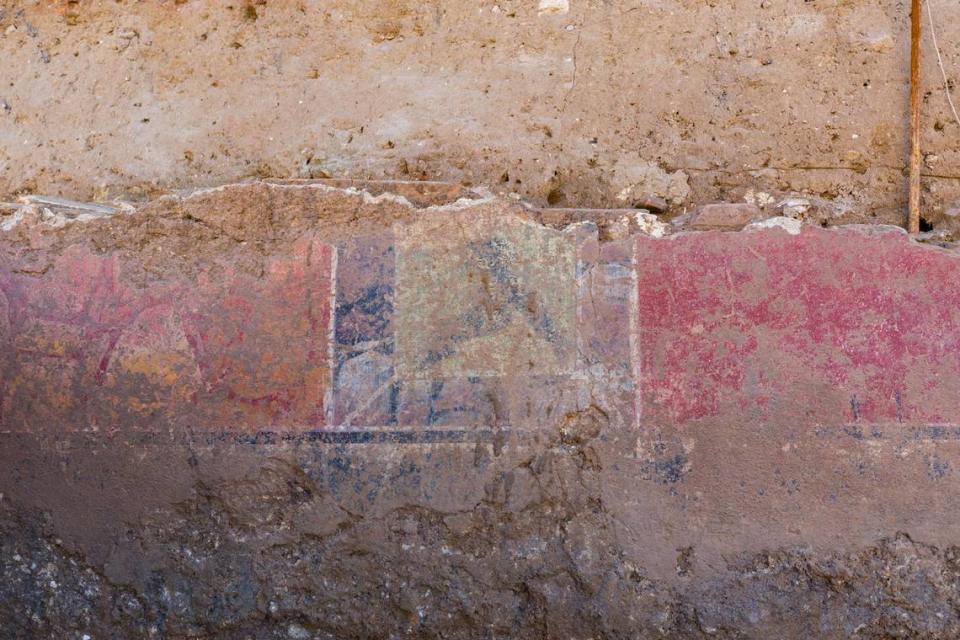
The researchers said this warehouse district contributes to knowledge of an ancient, intricate port system in the northern Mediterranean Sea that connected points between France and Italy, among others.
Narbonne is on the south coast of France, about a 500-mile drive south from Paris.
Google Translate was used to translate the news release from INRAP.
Hidden tunnel network found at abandoned 800-year-old home in France. See inside
Ancient baby cemetery found next to 1,700-year-old homes in France, researchers say
1,200-year-old sarcophagus unearthed near French theater — and was packed with bones
Ruins of 800-year-old settlement unearthed in France. See the unprecedented discovery

